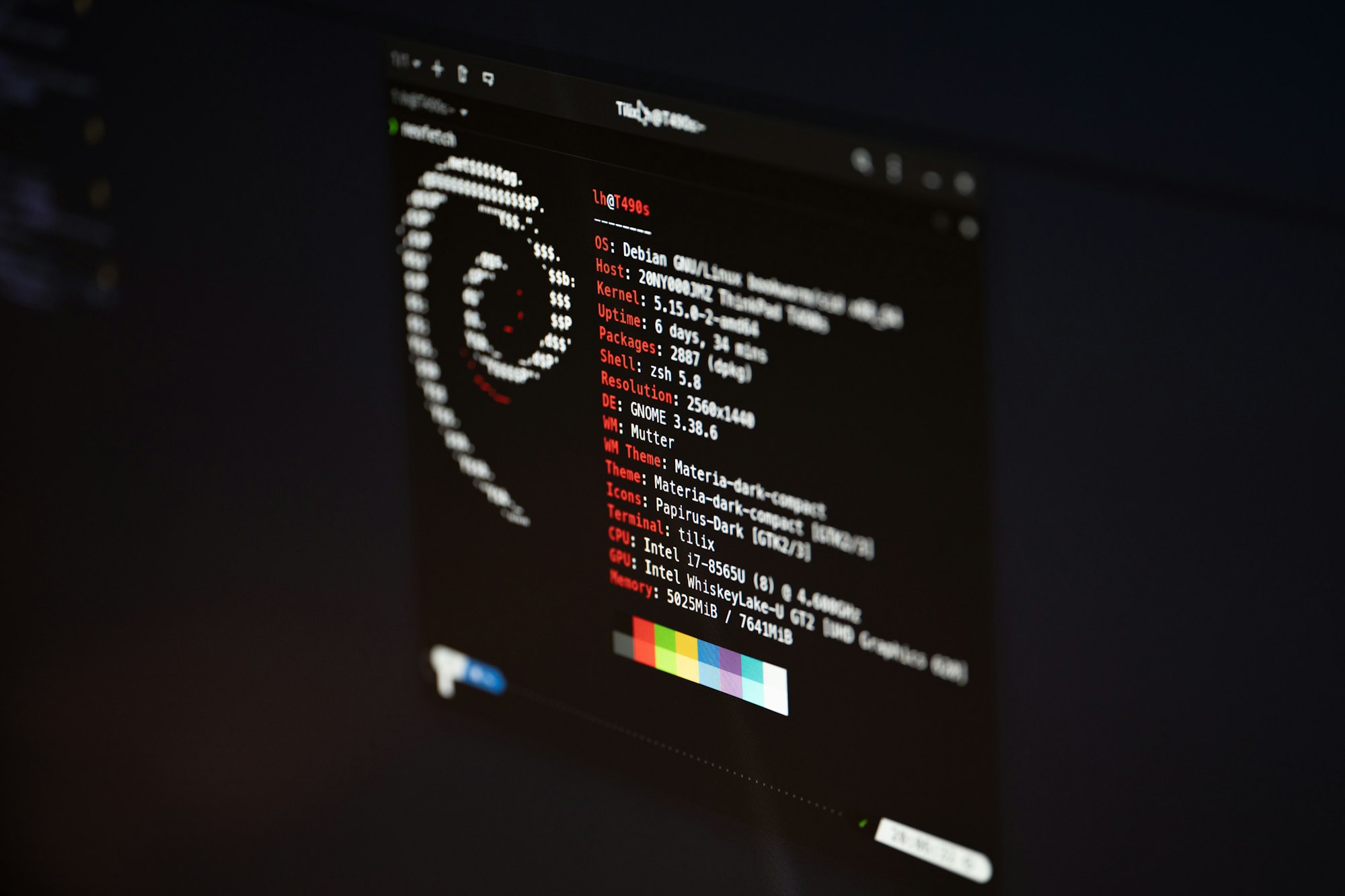Ever since CentOS shifted their work towards CentOS Stream, tech enthusiasts found themselves at crossroads, leaving them to decide between Rocky Linux vs AlmaLinux. Both are fabulous operating systems aiming to fill the void left behind by CentOS. In this post, we’ll provide an in-depth comparison between Rocky Linux and AlmaLinux, so you can make an informed decision that best suits your needs.
What is AlmaLinux?
AlmaLinux is an open-source, community-driven project forked from the sources of Red Hat Enterprise Linux (RHEL). Spearheaded by CloudLinux, a company with ample experience in building Linux distributions, AlmaLinux promises to deliver a reliable, stable, and efficient OS.
What is Rocky Linux?
Rocky Linux, on the other hand, is a community-driven enterprise operating system designed to be bug-for-bug compatible with RHEL. It was developed by Gregory Kurtzer, the founder of the original CentOS.
A Detailed Comparison: Rocky Linux vs AlmaLinux
1. Development and Maintenance
AlmaLinux has the backing of CloudLinux, offering a guarantee for long-term support and stability. Being supported by a commercial entity can be a perk since they have dedicated resources to maintain the project.
Rocky Linux, while leaning more on its community for development and support, is supervised by Gregory Kurtzer, bringing a wealth of experience and credibility to the project.
2. Release Dates and Updates
AlmaLinux had a head start with their first stable release coming in March 2021. Rocky Linux didn’t lag far behind, with their initial stable release in June 2021.
Since their introductions, both AlmaLinux and Rocky Linux have promptly kept up with RHEL’s updates, demonstrating their commitment to bring users the latest features and security enhancements.
3. Compatibility
Both Rocky Linux and AlmaLinux claim to be “1:1 binary compatible” with RHEL, meaning software and configurations for RHEL or CentOS can smoothly work on either of these operating systems.
4. Community Support
Both projects put a lot of emphasis on their community. However, the Rocky Linux community might be more extensive because of the previous popularity of CentOS and Greg Kurtzer’s reputation.
5. Performance
Performance-wise, both Rocky Linux and AlmaLinux are virtually indistinguishable, owing to their shared source code.
6. Future Roadmap
Both projects promise to deliver 10 years of support till 2029, aligning with the lifecycle of RHEL 8.
Conclusion
Choosing between Rocky Linux and AlmaLinux largely depends on personal preference. Consider factors like development and maintenance, release dates and updates, compatibility, community support, performance, and future roadmap when inclined towards one or the other. Regardless of whether you choose Rocky Linux or AlmaLinux, the future of enterprise Linux is assured with two stellar projects ready to carry CentOS’s torch forward.




